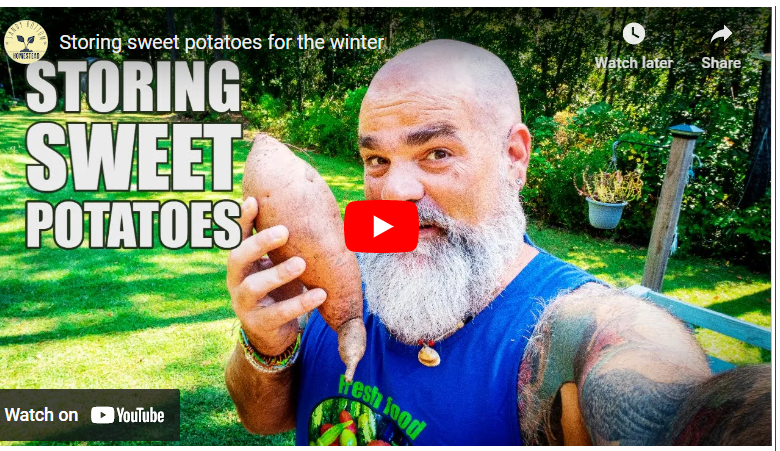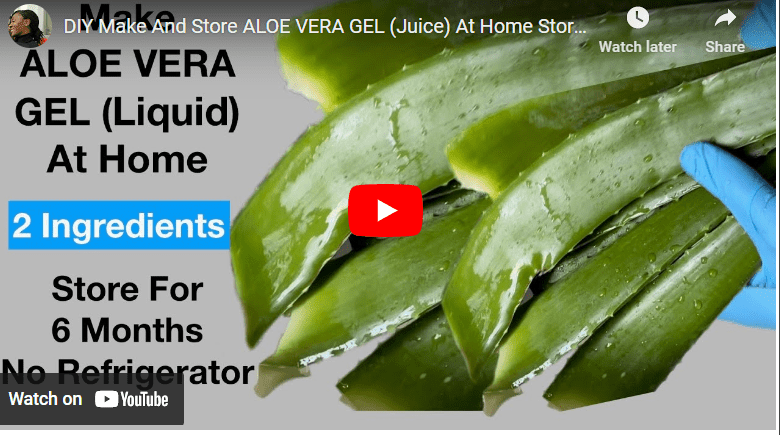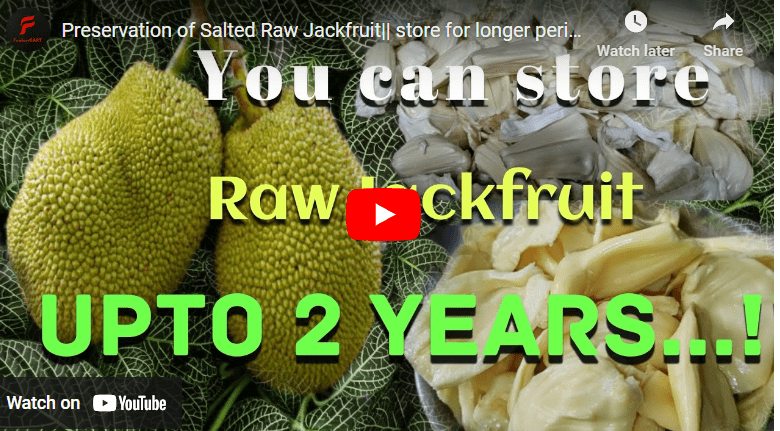Formulating fish feed is crucial for the aquaculture industry in the UK to achieve sustainable and profitable fish production. The success of fish farming largely depends on the quality and nutritional value of the feed provided to the fish.
A balanced and nutrient-rich diet not only promotes healthy growth and development of fish, but also reduces the incidence of diseases and mortality rates.
Formulating fish feed in the UK requires a deep understanding of the nutritional needs of different fish species and the availability of raw materials.
This article will discuss the key factors to consider when formulating fish feed in the UK.
How To Formulate Fish Feed In UK Step By Step Guide
Formulating fish feed in the UK is lucrative either for your personal use or for business purpose. Whichever way, it is important that you gain understanding before you start formulating fish feed because there are a lot of things you need to know beforehand.
Follow the steps below to learn how you can formulate fish feed in the UK.
Read Also: How To Formulate Fish Feed in Nigeria
Step 1 – Establish Your Fish’s Nutritional Needs
You must ascertain the nutritional requirements of the fish species in order to create the ideal fish feed for your fish farming enterprise.
Understanding the fish’s nutritional needs is essential for their growth and development because different fish species have different nutritional needs.
Start by investigating the particular dietary requirements of the fish species or seeking advice from a professional.
When creating the ideal diet for the fish, take into account its requirements for protein, fat, and other nutrients.
Read Also: [Beginners Guide] How To Formulate Fish Feed in Uganda
Step 2 – Gathering The Essential Ingredient For Your Fish Feed
You must find premium raw materials for your fish feed after determining the dietary needs of your fish. Soybean meal, maize, wheat bran, and fish meal are typical raw materials in Nigeria.
The specific ingredients required to produce fish feed in the UK may vary depending on the type of fish being fed and the specific feed formulation being used.
However, here are some common ingredients used in the production of fish feed:
- Fish meal: a high-protein ingredient made from ground-up fish and fish by-products.
- Soybean meal: a plant-based protein source commonly used in fish feed.
- Corn gluten meal: a protein-rich byproduct of corn processing that is also commonly used in fish feed.
- Wheat flour: a source of carbohydrates used to bind the feed together.
- Fish oil: a source of omega-3 fatty acids that is important for the growth and development of fish.
- Vegetable oil: another source of energy and essential fatty acids.
- Vitamins and minerals: added to ensure that the feed provides all of the necessary nutrients for fish growth and health.
- Enzymes: added to improve the digestibility of the feed and increase nutrient absorption.
- Additives: may be added to the feed to improve palatability, increase shelf-life, or provide other benefits.
It’s essential that you invest your time to find the best suppliers because the quality of your raw materials will impact the quality of your fish feed.
Read Also: [Beginners Guide] How To Formulate Fish Feed In South Africa
Step 3 – Establish the Components and Ratios
Establishing the proper ingredient ratios is crucial for producing high-quality fish feed in Nigeria.
To determine the ratios of each ingredient based on the dietary requirements of your fish, use a fish feed formulation program or do it by hand.
Avoid giving your fish a diet that is too heavy on any one ingredient because this can result in an unbalanced diet. To grow and remain healthy, your fish must have the proper ratios.
Read Also: [Beginners Guide] How To Formulate Fish Feed In Ghana
Step 4 – Choosing the Right Equipment
Making fish feed in Nigeria requires the proper equipment, which must be chosen carefully. You’ll require machinery that can simultaneously process all of your raw materials, mix them evenly, and form them into pellets for simple feeding.
Consider purchasing a pelletizing device that can transform feed into uniform-sized pellets, facilitating easier digestion for your fish and minimizing waste.
Additionally, a mixer and a weighing scale may be required in order to accurately measure the ingredients and combine the raw materials.
You can boost the productivity of your fish feed production and guarantee the success of your fish farming enterprise by choosing the appropriate equipment.
Read Also: [Beginners Guide] How To Formulate Feed For Snail
Step 5 – Combine the Ingredients
The next step is to thoroughly combine the ingredients once the proper ingredient ratios have been established. To provide a balanced diet for your fish, make sure they are distributed equally.
It’s important to thoroughly mix the ingredients to produce a consistent feed, whether you use a feed mixer or do it manually.
Read Also: How To Formulate Pig Feed In Ghana
Step 1: Grinding and Mixing
Grind the solid ingredients like fish meal, soybean meal, corn gluten meal, wheat flour, and other ingredients into a fine powder using a grinding machine. After grinding, mix all the ingredients in the right proportion in a mixer or blender. It is important to mix the ingredients thoroughly to ensure a homogeneous blend.
Read Also: [Beginners Guide] How To Formulate Feed For Snail South Africa
Step 2: Adding Liquid Ingredients
After mixing the solid ingredients, add liquid ingredients like fish oil, vegetable oil, water, and other liquids, and mix thoroughly.
Step 3: Additives
Add any required vitamins, minerals, enzymes, or additives to the mixture and mix well.
Step 4: Quality Control
After mixing, check the quality of the blend to ensure it meets the required standards.
Step 6 – Pelletize the feed
Making the feed into pellets is a crucial step in the production of fish food in Nigeria. It lessens waste, guarantees that each fish receives an equal amount of feed, and aids in making the feed easier for the fish to digest.
The feed can be manually formed into pellets using your hands or a pelletizing machine to ensure that they are all of the same size.
Read Also: [Beginners Guide] How To Formulate Feed For Snail In the US
It’s critical to adjust the settings on a pelletizing machine to produce pellets that are the proper size and density for the fish species you are feeding.
Benefits of Formulating Fish Feed in the UK
#1. Control Over Feed Composition
Formulating fish feed in the UK allows for greater control over the composition of the feed, ensuring that it meets the specific nutritional needs of the fish being fed.
#2. Lower Costs
Formulating fish feed in-house can be less expensive than purchasing pre-made feeds from suppliers, especially if the ingredients are sourced locally.
#3. Better Quality Control
Formulating fish feed in-house allows for greater control over the quality of the ingredients used, reducing the risk of contamination or spoilage.
Read Also: [Beginners Guide] How To Formulate Feed For Snail In Ghana
#4. Increased Sustainability
Formulating fish feed using locally sourced ingredients can promote sustainability and reduce the environmental impact of the fish farming industry.
#5. Improved Fish Growth And Health
By formulating feeds with the appropriate balance of nutrients, fish can grow faster, be healthier, and have a lower mortality rate.
Cost of Formulating Fish Feed in the UK
The cost of formulating fish feed in the UK is uncertain. However, below are some of the major considerations.
Read Also: [Beginners Guide] How To Formulate Feed For Snail In Nigeria
#1. Ingredient Costs
The cost of the ingredients used in fish feed formulation will depend on their availability and quality, with some ingredients being more expensive than others.
#2. Equipment Costs
Formulating fish feed requires specialized equipment such as grinders, mixers, and pellet mills, which can be expensive to purchase and maintain.
Read Also: How To Formulate Fish Feed In the US
#3. Labor Costs
The cost of labor to produce fish feed will depend on the scale of the operation and the number of employees required.
#4. Quality Control Costs
Regular quality control checks may be necessary to ensure the feed meets the required standards, which can add to the overall cost of production.
Read Also: [Beginners Guide] How To Formulate Poultry Feed In Kenya
#5. Regulatory Costs
Compliance with regulations and standards set by the UK government may require additional costs such as certification and inspection fees.
Disadvantages of Formulating Fish Feed in the UK
Initial investment
The cost of setting up a fish feed production facility can be high, requiring significant initial investment in equipment, facilities, and labor.
Quality control
Producing fish feed in-house requires regular quality control checks to ensure the feed meets the required standards, which can be time-consuming and costly.
Read Also: [Beginners Guide] Hydroponic Fodder Production For Pigs PDF
Expertise and training
Formulating the correct feed requires specialized knowledge and training in fish nutrition, which can be difficult to acquire for small-scale farmers.
Regulatory compliance
Compliance with UK government regulations and standards can be a challenge for fish feed producers, requiring additional time and expense.
Production efficiency
Maintaining efficient production processes is crucial for profitability, but can be difficult to achieve without adequate resources and expertise.
Best Practices of Formulating Fish Feed in the UK
Step 1: Use high-quality ingredients
Using high-quality ingredients is essential for producing nutritious and safe fish feed.
Step 2: Thoroughly mix ingredients
Properly mixing ingredients is important to ensure that the feed is homogeneous and all fish receive the necessary nutrients.
Step 3: Regular quality control checks
Regular quality control checks are essential to ensure the safety and quality of the fish feed.
Step 4: Follow government regulations
Adhering to UK government regulations and standards is crucial to ensure the safety and quality of the fish feed.
Read Also: How To Formulate Pig Feed In Kenya
Step 5: Ongoing staff training
Ongoing training and development for staff can improve production efficiency and ensure that staff are knowledgeable and up-to-date on best practices.
Challenges Of Formulating Fish Feed in the UK
#1. Sourcing high-quality ingredients
Finding high-quality ingredients can be a challenge, especially for small-scale farmers.
#2. Maintaining production efficiency
Maintaining efficient production processes can be challenging, especially for those with limited resources.
#3. Changing market demands
Market demands for fish feed can change rapidly, requiring producers to be adaptable and flexible.
#4. Ensuring food safety
Ensuring that the fish feed is safe and free from contaminants is crucial, requiring regular quality control checks.
#5. Competition from other feed producers
Competition from other feed producers can be fierce, especially in the UK where there are a number of established feed companies.
Where To Sell Snail Feed in the UK
#1. Pet stores
Pet stores can be a good place to sell snail feed, as they often carry a variety of pet foods and accessories.
#2. Online marketplaces
Online marketplaces such as Amazon and eBay can be a good place to sell snail feed, as they offer a wide audience and low overhead costs.
#3. Local markets
Local farmers’ markets and specialty food markets can be a good place to sell snail feed, as they cater to consumers who are interested in high-quality, locally sourced products.
#4. Direct to consumers
Selling snail feed directly to consumers, either through a website or by visiting farms and homes, can be a good way to build a loyal customer base and establish a brand.
#5. Wholesale to retailers
Selling snail feed wholesale to retailers such as pet stores and specialty food stores can be a good way to reach a wider audience and generate steady revenue.
Equipment Needed For Fish Feed Formulation
#1. Mixer
A mixer is necessary to blend the ingredients together and ensure that the feed is homogenous.
#2. Grinder
A grinder is needed to grind ingredients such as fish meal or soybean meal into a fine powder.
#3. Pellet mill
A pellet mill is used to shape the feed into pellets, which are easier for fish to consume.
#4. Drying equipment
Drying equipment is needed to reduce the moisture content of the feed and extend its shelf life.
#5. Packaging equipment
Packaging equipment is needed to package the feed for sale, including bags, labels, and sealing equipment.
Fish Feed Formulation PDF
There are many resources available online in the form of PDFs that provide information on fish feed formulation.
These resources can be helpful for fish farmers who want to formulate their own fish feed. Some examples of fish feed formulation PDFs include:
- “Fish Feed Formulation and Production” by Dr. Segun A. Fagbenro and Dr. T. A. Aderolu
- “Fish Feed Technology” by Dr. Subramanian Senthilkumar and Dr. Sankaralingam Senthilkumar
- The Food and Agriculture Organization (FAO)’s “Aquaculture Feed and Fertilizer Resources Information System”
Low Cost Fish Feed Formulation
Low cost fish feed formulation is important for small-scale fish farmers who may not have access to expensive ingredients or equipment.
Some low cost ingredients that can be used in fish feed formulation include:
- Soybean meal
- Maize
- Rice bran
- Wheat bran
- Fish meal substitute (such as earthworm meal or silkworm meal)
By using these low cost ingredients, fish farmers can formulate a nutritious and affordable feed for their fish.
Fish Feed Formulation Book PDF
There are many books available in PDF format that provide information on fish feed formulation. Some examples of fish feed formulation book PDFs include:
- “Fish Feed Formulation: Nutrition, Ingredients, and Techniques” by Kwami Nyanteh and Romeo T. Quijano
- “Aquafeed Formulation” by Sergio F. Nates
- “Fish Feed Technology” by Dr. Subramanian Senthilkumar and Dr. Sankaralingam Senthilkumar
Floating Fish Feed Formulation PDF
Floating fish feed is a popular type of fish feed that is designed to float on the water’s surface, making it easier for fish to consume. Some examples of floating fish feed formulation PDFs include:
- “Floating Fish Feed Formulation and Processing” by Dr. Abimbola O. Oso and Dr. Elizabeth O. Aderinola
- “Development of Floating Fish Feed Using Local Ingredients” by Dr. Kwasi Anang and Dr. Isaac Asiedu-Gyekye
Fish Feed Formulation Methods
There are different methods that can be used for fish feed formulation, including:
- Pearson’s Square method
- Percentage method
- Least cost method
- Computer-aided formulation
Each method has its own advantages and disadvantages, and fish farmers should choose the method that works best for their specific needs.
Fish Feed Formulation Excel Sheet
Excel sheets can be a helpful tool for fish feed formulation, as they allow farmers to easily calculate ingredient ratios and make adjustments based on cost and availability. Some examples of fish feed formulation Excel sheets include:
- “Fish Feed Formulation Calculator” by aqua-calc.com
- “Fish Feed Formulation Spreadsheet” by Formulations Ltd.
- “Fish Feed Formulation Calculator” by Aquaculture Innovation Center
Best Fish Feed Formula
The best fish feed formula will depend on the specific type of fish being farmed, as well as the local availability and cost of ingredients. However, a balanced fish feed formula should contain:
- Protein (such as fish meal or soybean meal)
- Carbohydrates (such as maize or rice bran)
- Lipids (such as fish oil or vegetable oil)
- Vitamins and minerals (such as calcium and phosphorus)
Tilapia Fish Feed Formulation PDF
Tilapia is a popular fish species that is farmed around the world. Some examples of tilapia fish feed formulation PDFs include:
- “Tilapia Feed Formulation and Feeding Management” by the WorldFish Center
- “Tilapia Feed Formulation Using Locally Available Ingredients” by Dr. Terrence R. Tiersch and Dr. Kenneth L. Webb
Conclusion
Formulating fish feed in the UK requires a thorough understanding of the nutritional requirements of fish and the availability of raw materials. It is important to consider the sustainability and environmental impact of the ingredients used in the feed. Collaboration between the feed industry, fish farmers, and researchers can lead to the development of high-quality and sustainable fish feeds in the UK.





One Reply to “How To Formulate Fish Feed In UK”